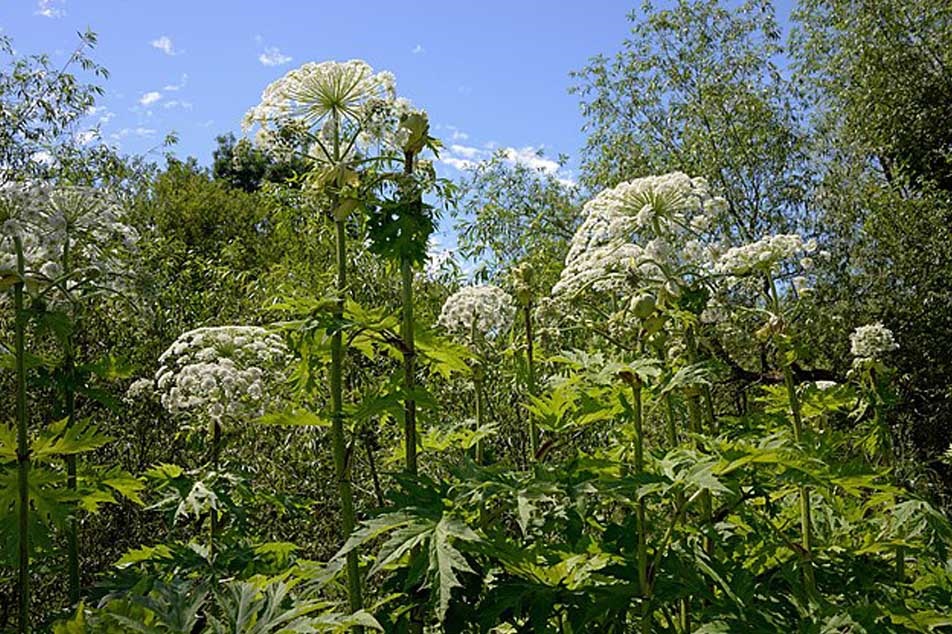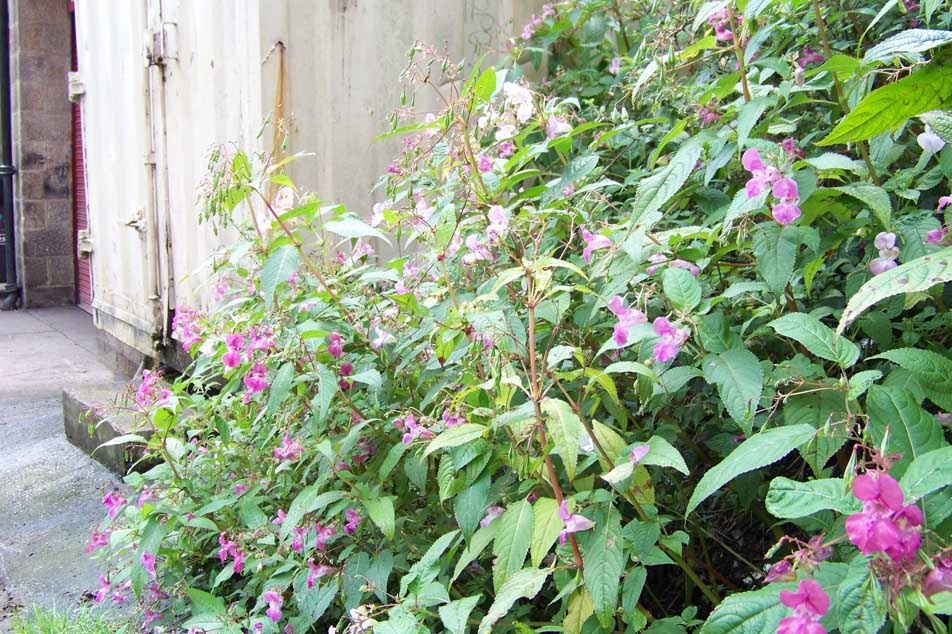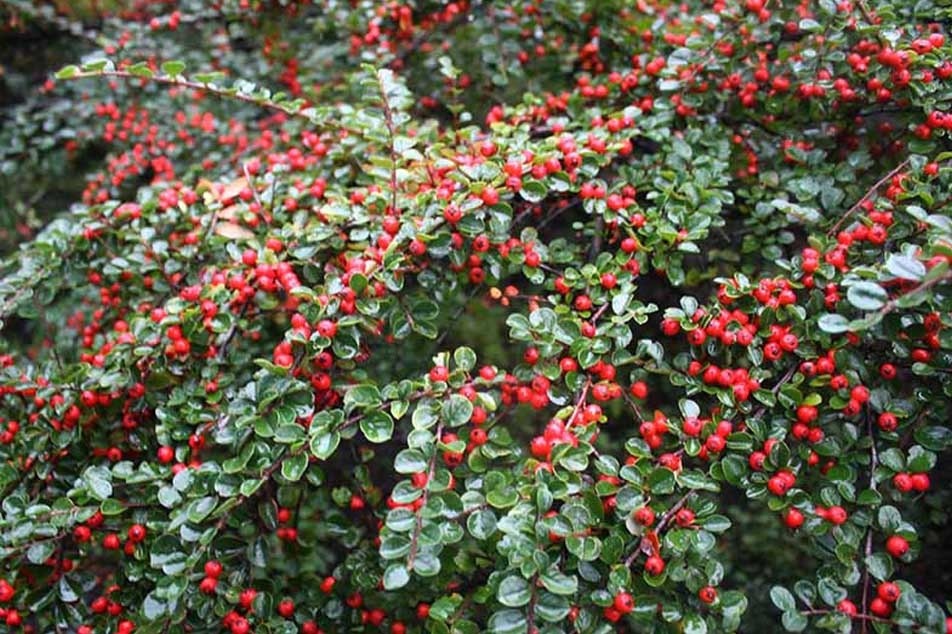Other invasive weeds
UK invasive species include nearly 70 plants ‘of interest’ under one piece of legislation or another. But some are more likely to be found and/or causing problems in a residential setting than others. Let’s have a quick look at the ‘top five’.

Giant Hogweed, a member of the carrot family (umbellifers), was brought to the UK as an ornamental plant. Generally it grows near watercourses and in damp meadows, though it can be found on waste ground where conditions are right. It is a highly invasive plant that grows vigorously, the flowering spikes reaching upwards of 5m! Each plant can produce up to 50,000 seeds which can survive for over 10 years.
Giant hogweed is generally deemed to be ‘hazardous’ by skin contact due to a skin reaction which is triggered by sunlight (photo-sensitisation). Blisters occur 24 to 48 hours after exposure. Damaged skin heals very slowly, leaving residual pigmentation and affected areas can develop recurrent dermatitis.
A structured management & treatment program can achieve effective control over giant hogweed, but long-term monitoring is advised as the seed bank can take years to deplete and vulnerable sites may be re-colonised from adjacent areas.
There is a detailed Guidance Note on Giant Hogweed available to all. Click on the button below to find out more.
Guidance Note: Giant Hogweed Management >>
CPD video on Giant Hogweed >>
 Himalayan or Indian balsam is usually found on river banks and damp areas, though it is capable of thriving in most places. This is one of the most widespread NNIS in the UK and some consider it to be semi-naturalised.
Himalayan or Indian balsam is usually found on river banks and damp areas, though it is capable of thriving in most places. This is one of the most widespread NNIS in the UK and some consider it to be semi-naturalised.
Whilst not seen as a particular problem in urban spaces, Himalayan balsam causes a problem for native species. Their flowers produce more nectar than native species making it more attractive to bees and other insects, luring them away from pollinating our native flowers. Also, in common with giant hogweed, once established it shades-out other plants including those which nomally stabilise river banks so increases flood risks.
A structured treatment program can achieve effective control over Himalayan balsam but long-term monitoring is advised as the seed bank can take years to deplete and vulnerable sites may be re-colonised from adjacent areas. A combination of hand pulling combined with targetted herbicide treatments early in the season is likely to provide the optimum approach to eradication but development sites may require some soil removal to deplete the seed bank before works commence.
There is a detailed Guidance Note on Himalayan balsam available for all professionals. Click on the button below.
Guidance Note: Himalayan Balsam Management >>
CPD Video: Invasive weeds & the impact on the urban environment >>
 These plants are common garden/landscaping shrubs i.e. woody perennials which originate from Asia. They have the classic traits of ‘invasive species’ - displacing native plant and animal communities etc. - but they are often overlooked in urban areas as they are so familiar as landscaping ornamentals.. Despite this they should be considered carefully in urban spaces too. Once established they can spread ‘out-of-control’ through suckering root systems and seed dispersal. At the very least making future management labour intensive and costly.
These plants are common garden/landscaping shrubs i.e. woody perennials which originate from Asia. They have the classic traits of ‘invasive species’ - displacing native plant and animal communities etc. - but they are often overlooked in urban areas as they are so familiar as landscaping ornamentals.. Despite this they should be considered carefully in urban spaces too. Once established they can spread ‘out-of-control’ through suckering root systems and seed dispersal. At the very least making future management labour intensive and costly.
Of the three, perhaps the one most often ‘missed’ is Japanese rose as it can be confused with our native ‘Dog rose’.. Cotoneasters cause identification problems too as not all species/varieties are listed as invasive! Fortunately, for those with a professional interest, the PCA offers a training course on identification for these and many other ‘Schedule 9’ plant species.
The collective experience of PCA members regarding effective management of these species (and the others above, and many more besides) is collected together in our publication “Practical Management of Invasive Non-Native Weeds in Britain and Ireland” a valuable resource well worth buying but unfortunately not available as a PDF download at the moment.
Invasive Weed Management Manual Page
CPD Video: Invasive weeds & the impact on the urban environment >>